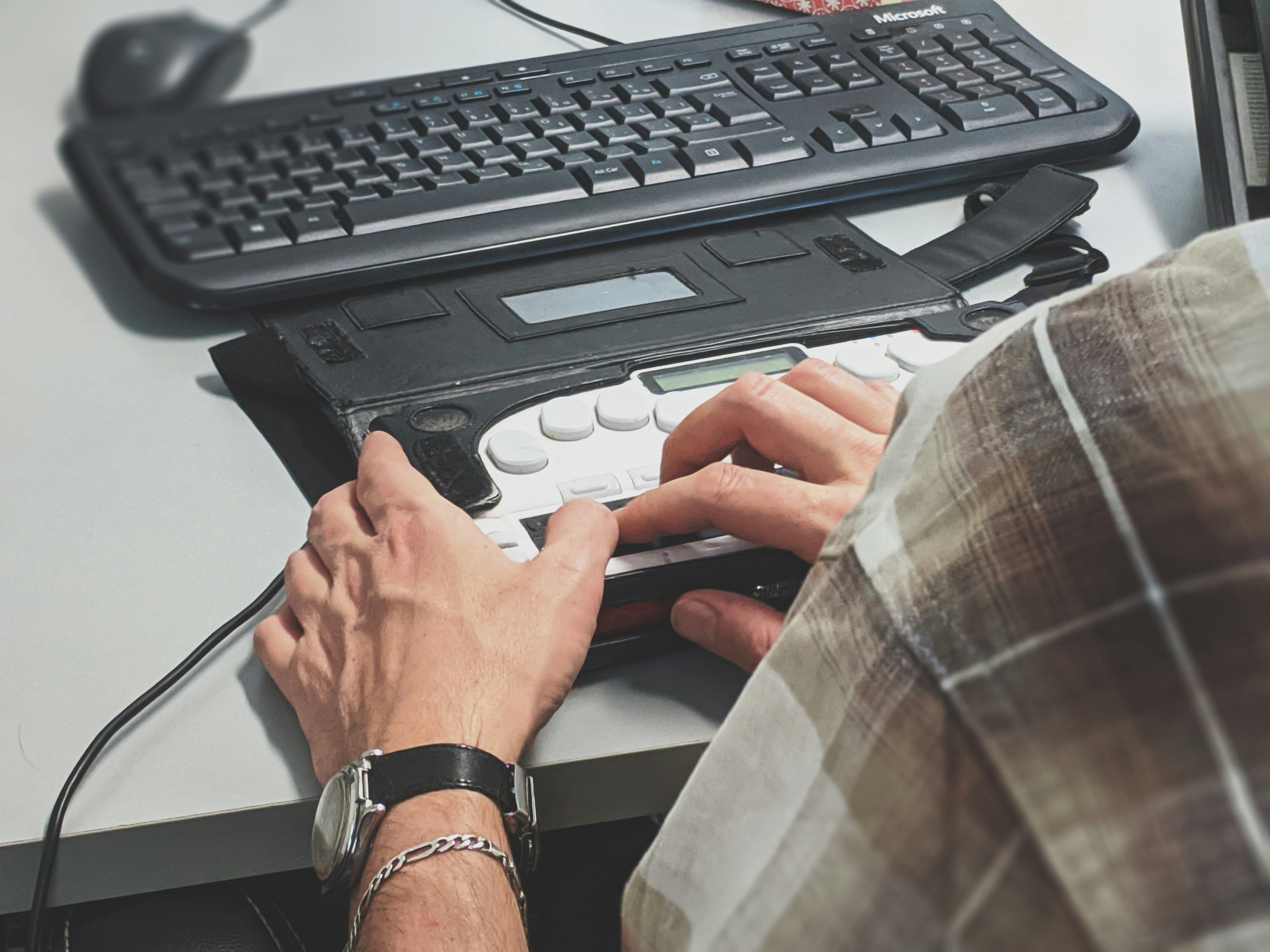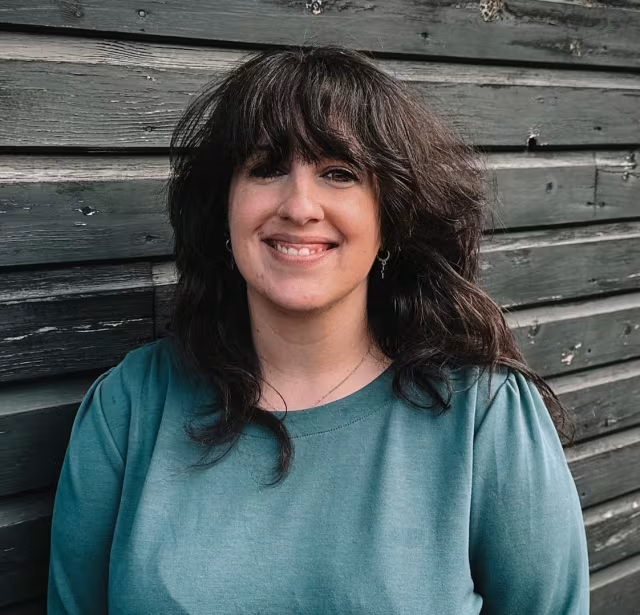For those just getting started in their accessibility journey, it can feel overwhelming. UX Researcher Cynthia Sipes shares her learnings.
Accessibility is something that we hear a lot about these days. For those just getting started in their accessibility knowledge, it can feel overwhelming. If you are anything like me, when I first started in UX I thought ‘Yeah, I know accessibility! Contrast is good on my designs so, check!’ Imagine when I actually started learning and realised there is way more to it. It’s been a beautiful rabbit hole of a journey learning more about accessibility. So I wanted to share some of the lessons I have learned.
Who accessibility is for
The most important thing to know is that accessibility is first and foremost about people. It is simply about everyone being able to access information without any barriers. So I want to start with the variety of people who are out there and some of the barriers they experience when trying to use a website.
It’s important to remember that when talking about someone’s health condition or impairment, it is never black and white. People are complex and one person might be visually impaired, have energy deficiencies, and be hard of hearing. We could write a whole series of blogs on each of these areas but for the sake of an introduction we are going to talk about them in an overview. Just keep in mind that there is a spectrum to all of these areas and most people have a variety of needs.
Some of the most common categories of disabilities to be aware of are:
- Physical
- Visual
- Auditory
Physical barriers could mean that their hand shakes and they have a hard time clicking on a small target area. This could also range to those who can’t move their body at all and need to use speech recognition software to navigate a website.
Visual barriers could be from poor contrast or small text size for those with low vision to being completely blind and the website needing to be accessible for a screen reader.
Auditory barriers could be lack of captions or sign language on a video.
There are also cognitive needs to consider like those who are neurodivergent. For example, 1 out of 10 people have Dyslexia which could mean that certain fonts are harder for them to read (there are a variety of needs beyond just font to consider too).
There are also people who might be temporarily disabled, like someone who has broken their arm and is wearing a cast or those that are situational impaired like someone trying to hold their child while also needing to do something on their phone.
You have to consider the wide range of people and how they will interact with your digital platform. The barriers mentioned are just a few examples of what people might come up against when using your digital platform. The only way to truly know if someone is going to be able to use what you are creating is to talk to people.
Test with real people
The second lesson is testing with actual people! As a user researcher, my whole job is thinking about the people who will use the digital service I am working on. Who are they? What do they need? What are their goals? How do they use this website? Then of course I wouldn’t just sit in a room and come up with those answers on my own (even though a lot of organisations do this). I would do research and speak to people and get those answers from them.
So why doesn’t this happen more when we are trying to also make the most accessible experience?
As the quote goes from the disabled activism community - “Nothing about us without us”.
Include those you are building for in testing and spend some time learning how different people navigate digital services. You would be surprised at the diversity of ways people are proficient in assistive technologies and how they use them.
Accessibility is good for business
If you still need convincing that accessibility is important for you and your organisation, well, it helps create a better user experience for a lot of people. By focusing on accessibility you are actually increasing your market reach and creating a better user experience for everyone. The Office of National Statistics reported that 1 in 5 people have a form of special need, impairment, or health condition. Imagine saying in a business meeting “Yeah we don’t need to worry about accessibility and I don’t care about that 20% of business we are missing out on.”
By focusing on accessibility, not only are you saying yes to 100% of your audience but this will lead to greater conversations, loyalty and engagement from a wider audience including those with limited attention, multi tasking or situational limitations as well as the 20% who identify as having a disability.
When you create an accessible experience, you are saying that you care and you recognise that everyone should be able to access your website. You are deciding to do the right thing for your audience and your business.
Integrating accessibility into design, development and content
So.. whose responsibility is it in an organisation to make sure that the digital experience is accessible?
Everyone.
Some key players are content designers, UX designers and researchers, developers, product owners, and senior management.
It is important to shift our thinking from accessibility being a stand alone service or an extra consideration. It should be baked into how we write content, design, run research, and write code. It is not a separate thing but is encompassed in doing our jobs well and with excellence.
Some good questions to ask yourself as you are thinking about your digital experience:
- Who would this pose a barrier to?
- What potential barriers would this create?
- Is there anything in this that would make it difficult to access or understand?
- How can we start creating a pool of users with a variety of abilities?
In the digital experiences that you're creating, remember to test as you go, integrate accessibility into every part of the process and include real users as much as possible.
Good content is accessible content. Good code is accessible code. Good design is accessible design. Collaborate, ask questions and try not to feel overwhelmed by what you don't know yet. We are all still learning.

